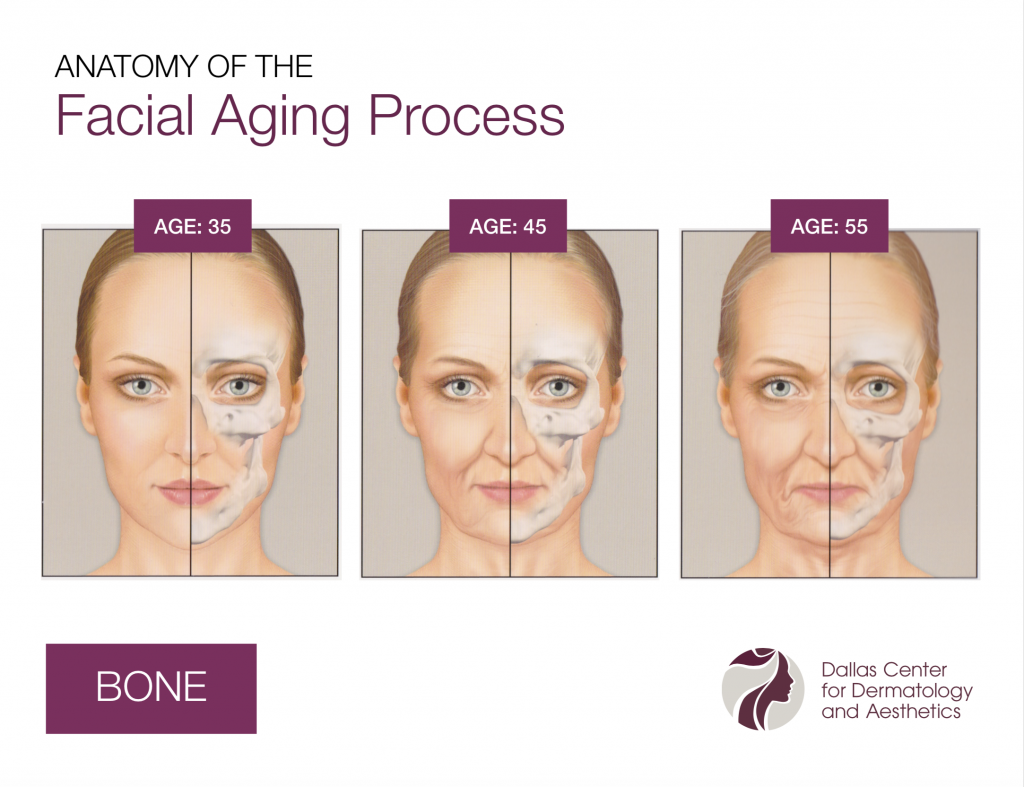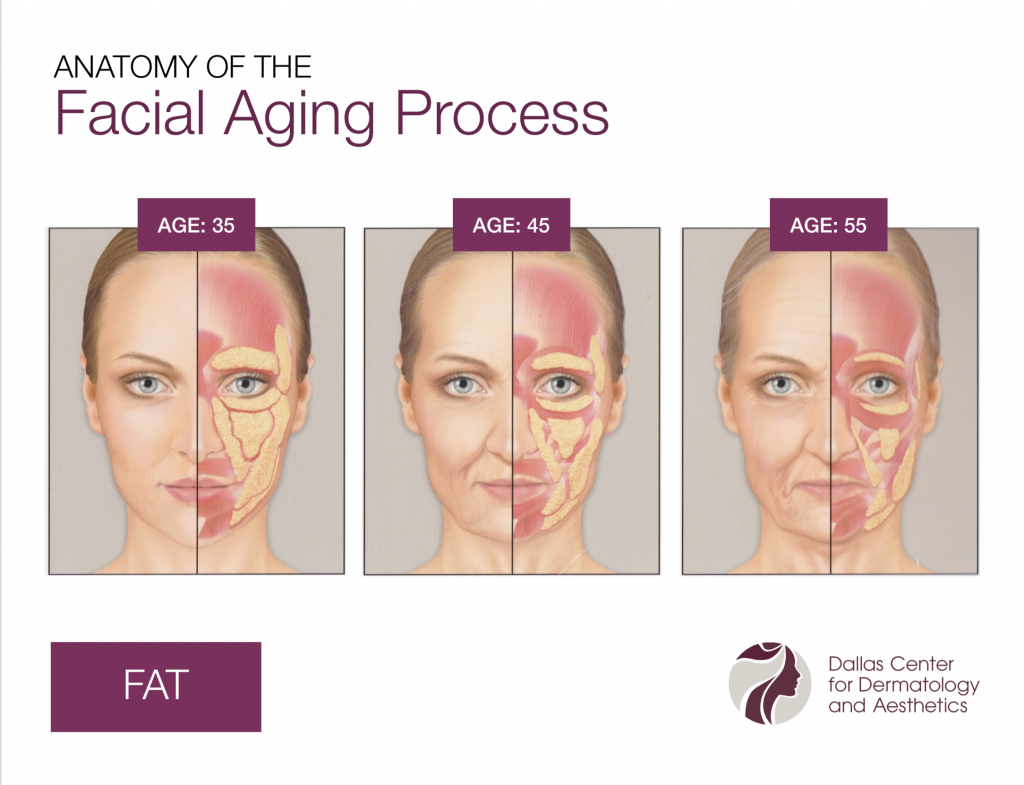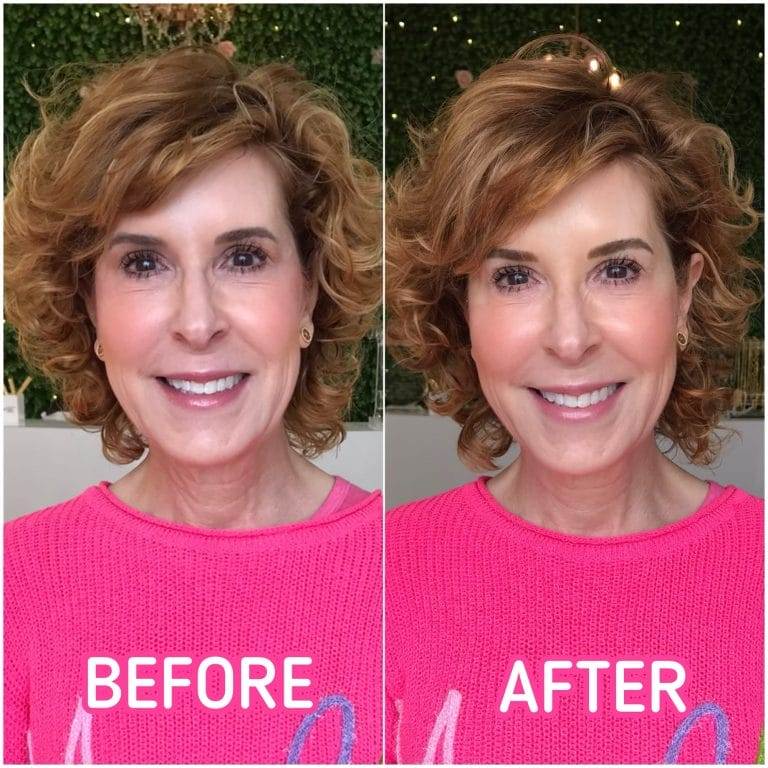A Dermatologist Answers Questions About Dermal Fillers + My Experience


This year, I’m partnering with the dermatologists at The Dallas Center for Dermatology & Aesthetics to get straight answers to your questions about everything from skincare to aesthetics. As a part of that partnership, this procedure was complimentary. All opinions are my own.
When it comes to minimally invasive anti-aging treatment options, dermal fillers are right up there with Botox as an effective tool! They can smooth fine lines and wrinkles, and restore volume to the aging face. Back in January, I told you that I was going to be partnering with DCDA to get straight answers directly from physicians to the questions you had about everything from skincare products and facials to Botox. I hope you’ve enjoyed this series so far!
Today, I’m sharing a dermal filler Q&A with Dr. Kristel Polder from the Dallas Center for Dermatology & Aesthetics. Dr. Polder performed dermal filler on my nasolabial folds, lips, and chin area back in April. Y’all, believe me when I say that I was so nervous that I was going to look like some kind of a Kardashian 🤣 at the end of it all! But thanks to Dr. Polder’s experience, eye for aesthetics, and conservative, natural approach, I look refreshed, lifted, and softened. I couldn’t be happier with my results! You can tell an immediate difference in the before and after photos above and when you watch the video at the bottom of this post.

About Dr. Polder
Dr. Polder is a board-certified dermatologist, the co-author of Beautiful Skin Revealed: The Ultimate Guide to Better Skin, a Clinical Assistant Professor, an active clinical researcher, and has served as a national spokesperson for global medical companies. She is also a mom of three (busy) boys, a caring physician, and a true expert on dermal fillers.

The Midlife Makeup
Mistakes You May Be Making
Plus, How to Fix Them!
Already a subscriber?
Enter your email—you won’t be
subscribed twice!
I’m so grateful to Dr. Polder for sharing her expertise with us today! I think you’re going to learn a lot! Be sure to look for my personal experience sprinkled throughout the post in italics.
Dermal Filler Q&A
What exactly are dermal fillers and how do they work?
Dermal fillers are soft, gel-like substances injected into the skin to instantly fill in facial wrinkles, plump up the skin, and improve facial volume.

As we age (beginning around age 30), we experience a decrease in collagen metabolism and bone loss. Popular fillers, such as Juvederm and Restylane utilize Hyaluronic acid (HA) derivatives, which are very similar to the hyaluronic acid found naturally in our skin that works to keep our underlying tissue hydrated and plump.
Suzy: I found the graphics below particularly helpful in understanding the effects of normal aging on the face. Despite our best efforts to use SPF and good skincare products, the underlying structural issues still occur!


What are the most common areas you use dermal fillers in your practice?
- Lips, and the vertical lines around the mouth
- Smile lines, or “nasolabial folds” – these folds run from the bottom of the nose to the corners of the mouth
- Marionette lines – the vertical wrinkles below the mouth’s corners running down to the chin
- Cheeks and mid-face area – to address a sagging or sunken appearance
- Under the eyes, or “tear troughs” – to restore lost volume and provide a more refreshed appearance
- Aging hands – to restore volume loss to the back of the hands
- Horizontal chin wrinkles – located directly under the lower lip
- Jawline – to create a more defined jawline
Suzy: I could tell that my lips were losing volume as I aged, and somehow the whole extending your lip liner outside the lipline deal wasn’t cutting it for me anymore! I asked Dr. Polder to address that issue, along with the marionette lines that I felt were dragging the corners of my mouth down and making me look sad.

The two fillers that everyone has heard the most about are Juvederm and Restylane. How are they similar and different?
Juvéderm and Restylane are both dermal fillers made with hyaluronic acid, used for the treatment of wrinkles. Both products have a history of safe and effective use, have minor side effects, and last between 6 and 24 months, depending on the amount used and the area treated.

In our practice, we typically choose Juvéderm or Restylane for lip filler treatments; Juvederm Volbella for flat, undefined lips; Juvederm Voluma or Restylane Lift for flat or hollow cheeks; Juvederm Vollure for moderate to severe facial lines and wrinkles and Radiesse for aging hands.
The goal of our board-certified dermatologists is always to preserve the patient’s natural facial architecture, keeping a balance of not too much, with just the right amount. We want you to look natural and not overdone.
Suzy: I was so worried that I was going to look overdone, but over and over again, Dr. Polder emphasized her conservative philosophy of preserving my natural lip line and facial architecture.

I know you used Juvederm on me. Why did you choose that product?
I chose Juvederm Ultra for your lips and the lines around your mouth because this filler softens lines without looking “overdone” and gives beautiful definition to the lips.
What are the potential side effects of dermal fillers and which are most common?
Most HA fillers are infused with lidocaine to help minimize discomfort during and after treatment. The most common side effects include bruising, redness, and mild swelling. Other potential side effects include pain, itching, and lumps and bumps in or around the treatment area.
In addition to resulting in very few adverse effects, fillers designed with hyaluronic acid derivatives can be reversed with the enzyme hyaluronidase.
Suzy: I had some swelling for the first two days and some bruising for about 10 days, which I treated with Revision Skincare’s Vitamin K Serum, and Arnica Gel. I covered it up with my favorite full coverage foundation. (And y’all never noticed a thing!)
How long to dermal fillers typically last?
Fillers last between 6 to 12 months or longer before the body gradually and naturally absorbs the particles.
How can we avoid the dreaded overinflated “fillers gone wrong” look?
As we mentioned, our goal is to preserve the natural architecture of your face. We are comfortable, if necessary, extending your treatment over a period of months to gradually inject filler to achieve your desired look. We are passionate about helping you age gracefully, and overdoing filler has no place in achieving this for you.
When you’re searching for filler treatment, make certain you choose a board-certified dermatologist who has years of medical training and expertise in the intricacies of the human anatomy and facial structures. We’ve seen far too many patients who’ve experienced terrible side effects (some irreversible without surgery) because the injector was not properly trained and lacked the skills required to achieve a natural look.
Suzy: One of the things I’ve learned this year from getting Botox treatments (and now dermal fillers) from the board-certified dermatologists at the Dallas Center for Dermatology & Aesthetics is the importance of using a physician who is highly-trained, widely experienced, and whose philosophy mirrors my own in terms of aesthetics. Not only are you entrusting your face to someone, but I think it’s also important to keep in mind that the experience and training are a big part of what you are paying for when you choose to use injectables.
How much do dermal fillers cost?
In our practice, it is best to schedule a cosmetic consultation to determine how much filler is needed to address your concerns and achieve your skincare goals.
What about skincare products that are marketed as “topical fillers?” Can any topical products achieve the same effects as dermal fillers?
Products such as Revision Skincare’s Revox Line Relaxer assists with the appearance of fine lines and wrinkles caused by muscular movement.
Suzy: I’ve been using Revision Skincare’s Revox Line Relaxer ever since I “borrowed/stole” 😂 it during the Botox Q&A interview I did with Dr. Stetler. (Watch that HERE.) I was skeptical, but it really does temporarily relax the lines around my eyes! I think it’s a great product to use either alone or in conjunction with Botox treatments.
Also, one hyaluronic acid product we like is SkinMedica’s HA5. This product contains five types of hyaluronic acid to help smooth out your skin’s texture and plump fine lines.
Suzy: I’ve been using SkinMedica’s HA5 since January, and I never want to be without this product again! It makes my moisturizer work better by helping my skin stay noticeably more hydrated. I use it underneath my moisturizer (Dr. Stetler told me to think of it as a moisturizer primer!) both in the morning and at night.
Is there an age you would consider too young for dermal fillers? Too old?
Fillers are FDA-approved for certain individuals who are 21 years of age or older. And, while we begin to lose collagen at the age of 25, the average age we see patients getting filler is age 32.
Filler helps to address volume loss; however, as we get older, it seems skin laxity becomes the major concern. At that time, we would probably recommend a more aggressive cosmetic dermatologic procedure or possibly cosmetic surgery. A cosmetic consultation is recommended to address your specific skincare goals.
Dr. Polder, is there anything else you’d like to add?
Your choice to have a dermal filler treatment is a personal one. Make sure to share your specific goals with a board-certified dermatologist and start small. Keep your look natural and subtle.
EMBED VIDEO HERE






























This was so informative! I’m going to make an appointment with my dermatologist. Thank you so much.
Sue,
I’m so happy you found it helpfu!
xoxo
Suzy
That was so informative! I will make an appointment with my dermatologist. Many thanks.
Dakota,
I’m so happy you thought so! Thanks for the comment!
xoxo
Suzy